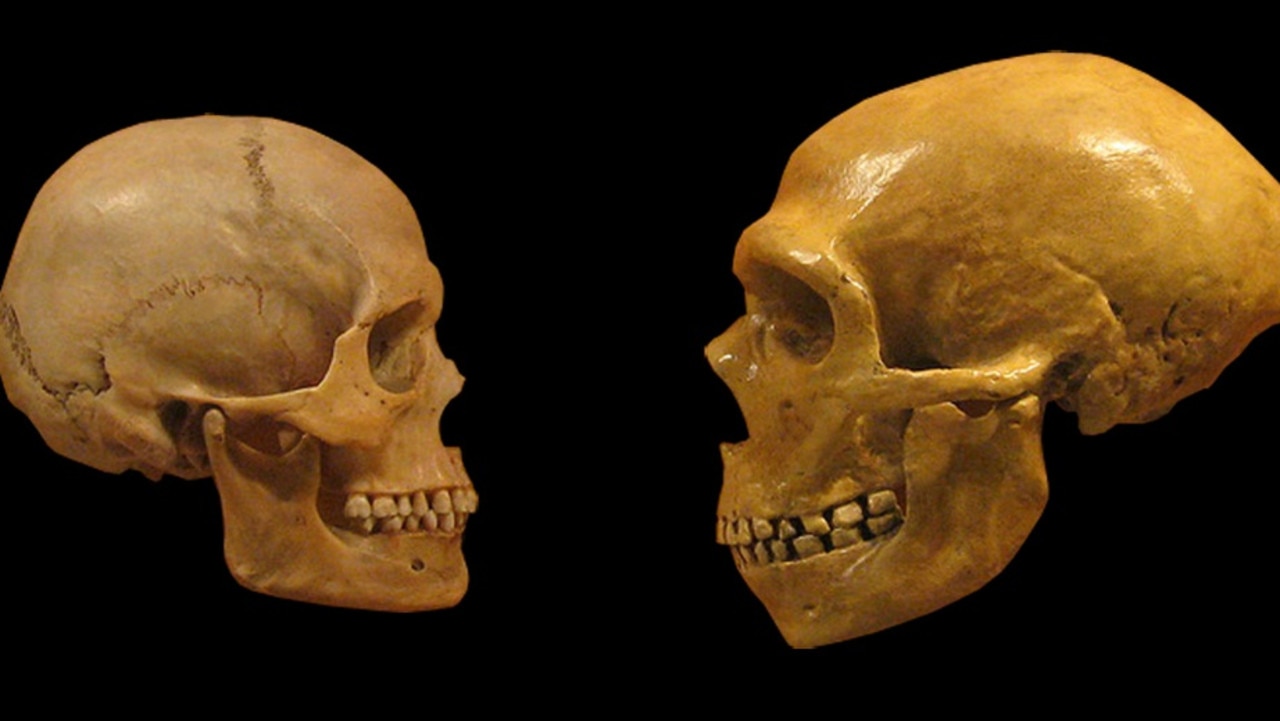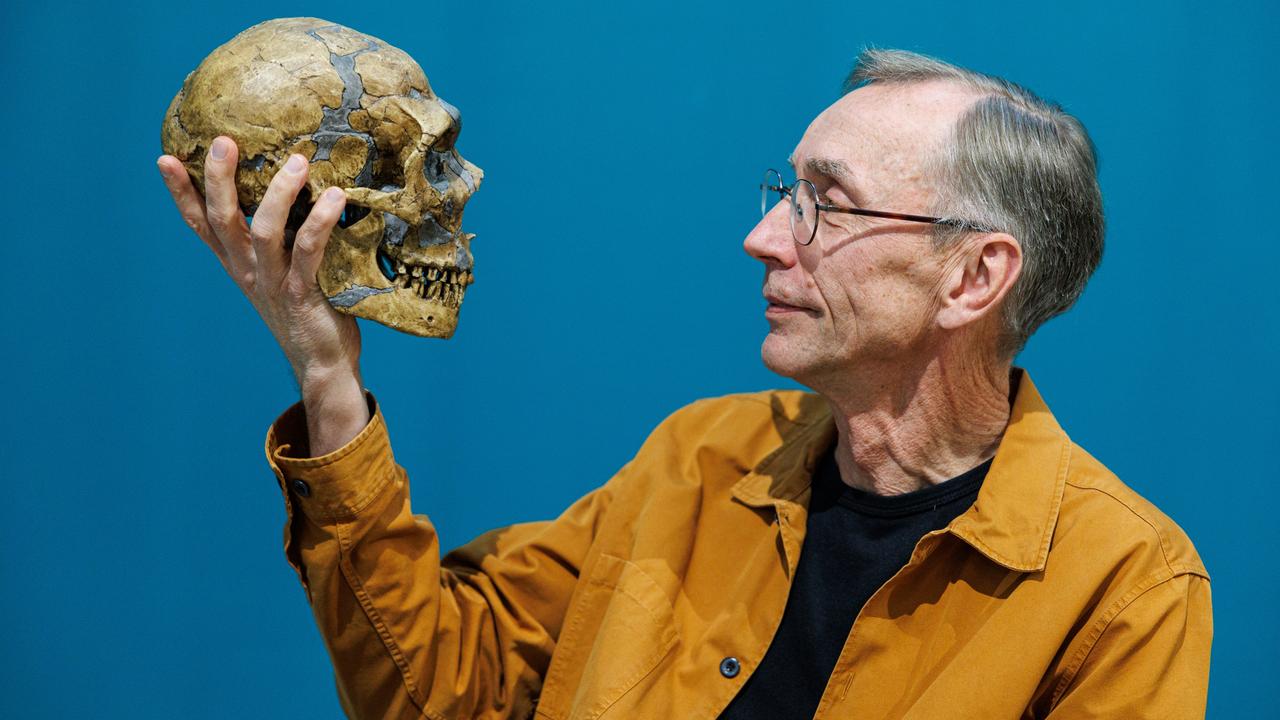Neanderthals and humans were neighbours for thousands of years
A new study has found that Neanderthals and humans lived alongside each other in France and northern Spain for up to 2900 years

READING LEVEL: ORANGE
Neanderthals and humans lived alongside each other in France and northern Spain for up to 2900 years, giving them plenty of time to potentially learn from or even breed with each other, new research suggests.
While the study, published in the journal Scientific Reports, did not provide evidence that humans directly interacted* with Neanderthals about 42,000 years ago, previous genetic* research has shown that they must have at some point.
Research by Swedish paleogeneticist* Svante Paabo, who earlier this month won the Nobel prize for medicine, helped reveal that people of European descent – and almost everyone in the world – have a small percentage of Neanderthal DNA.

Igor Djakovic, a PhD student at Leiden University in the Netherlands and lead author of the new study, said it was known that humans and Neanderthals “met and integrated* in Europe, but we have no idea in which specific regions this actually happened”.
Exactly when this happened has also been unclear, though previous fossil evidence has suggested that modern humans and Neanderthals walked the Earth at the same time for thousands of years.
To find out more, the Leiden University-led team looked at radiocarbon dating for 56 artefacts – 28 each for Neanderthals and humans – from 17 sites across France and northern Spain.
The artefacts included bones as well as distinctive stone knives thought to have been made by some of the last Neanderthals in the region.

The researchers then used Bayesian modelling to narrow down the potential date ranges. Bayesian modelling is a mathematical procedure that uses probability when there are unknowns in sets of data.
They then used a new modelling technique called optimal linear estimation to get the best estimate for when the region’s last Neanderthals lived.
The modelling found that Neanderthals in the region went extinct between 40,870 and 40,457 years ago, while modern humans first appeared around 42,500 years ago.
This meant the two species lived alongside each other in the region for between 1400 and 2900 years, the study found.

Mr Djakovic said there were indications of a great “diffusion* of ideas” by both humans and Neanderthals during this time.
He said there was a big change in the way tools and ornaments were made during this period.
There was also a “quite severe” change in the artefacts produced by Neanderthals, which started to look much more like those made by humans, he added.
Given the changes in culture and the evidence in our own genes, the new timeline could further bolster* a leading theory for the end of the Neanderthals: mating with humans.
Breeding with the larger human population could have meant that, over time, Neanderthals were “effectively swallowed into our gene pool,” Mr Djakovic said.
“When you combine that with what we know now – that most people living on Earth have Neanderthal DNA – you could make the argument that they never really went extinct, in a certain sense,” he said.
GLOSSARY
- interacted: communicated or be involved
- genetic: to do with the genes
- paleogeneticist: scientists who studies the past through the examination of preserved genetic material from the remains of ancient organisms
- integrated: mixed with, joined
- diffusion: the spreading of information, ideas and behaviour through a group of people
- bolster: support, strengthen
EXTRA READING
Ancient tooth provides clue to extinct humans
New ‘Dragon Man’ species found
New type of ancient human discovered
Cave find rewrites history of early humans
QUICK QUIZ
- What prize for medicine did Swedish paleogeneticist Svante Paabo win?
- How long could Neanderthals and humans have lived alongside each other in France and northern Spain?
- How many artefacts did the team from Leiden University study?
- What is the name of the modelling that uses probability?
- What is the name of the new modelling technique the researchers also used?
LISTEN TO THIS STORY
CLASSROOM ACTIVITIES
1. Find the evidence
List all of the pieces of evidence that the researchers have found that suggests that Neanderthals and humans may have bred together at some point. What evidence do you think would be needed to prove it once and for all? Write down your ideas.
Time: allow 20 minutes to complete this activity
Curriculum Links: English, History, Science
2. Extension
Do you know what the differences were between Neanderthals and humans? Use your knowledge and research skills to find information to create an information graphic or chart that shows the differences and similarities.
Time: allow 60 minutes to complete this activity
Curriculum Links: English, Science, History
VCOP ACTIVITY
To sum it up
After reading the article, use your comprehension skills to summarise in a maximum of three sentences what the article is about.
Think about:
- What is the main topic or idea?
- What is an important or interesting fact?
- Who was involved (people or places)?
Use your VCOP skills to re-read your summary to make sure it is clear, specific and well punctuated.

